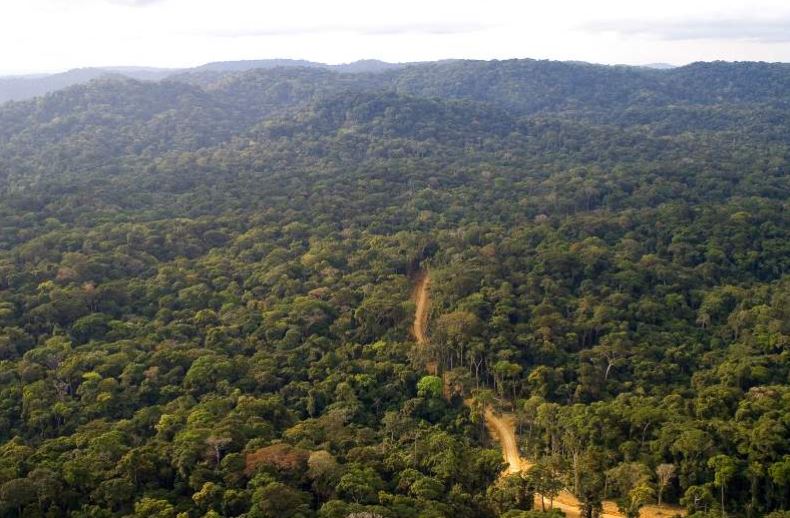- The Mau Forest is not merely a cluster of trees but a life source for numerous families who rely on it for sustenance and shelter.
In the heart of Kenya lies the Mau Forest Complex, an ecosystem of vital importance. However, its future hangs in the balance as the looming threat of eviction due to environmental concerns casts a shadow over the region.
The recent heavy rains have intensified the situation's urgency, heightening the risks faced by the community residing within the forest.
Yet, amidst these challenges, a remarkable community resilience and unity narrative unfolds. The residents have refused to succumb to despair, exhibiting an unwavering spirit to overcome their adversities.
The Mau Forest is not merely a cluster of trees but a life source for numerous families who rely on it for sustenance and shelter.
However, encroachment on the forest area has led to eviction proceedings, placing these families at the centre of a complex battle between preservation and livelihood.
Ironically, the heavy rains, usually a symbol of rejuvenation, have exacerbated the precarious situation. Landslides and flash floods have become more frequent, intensifying the risks faced by the community. Yet, amid this turmoil, solidarity and support have emerged.
Local community leaders, environmentalists, and concerned citizens have united their efforts to address the root causes of environmental degradation.
Initiatives focused on sustainable land use, reforestation, and community engagement have gained momentum. These endeavours aim to conserve the forest and provide alternative livelihood opportunities for the affected families.
One inspiring project involves the collaboration between local NGOs and community members. Together, they are implementing sustainable farming practices, enabling families to generate income without encroaching on the forest.
This holistic approach supports the environment and offers economic stability to those previously reliant on forest resources.
Moreover, awareness campaigns have surged, spreading knowledge about the importance of preserving the Mau Forest.
Schools, community centres, and local gatherings have transformed into discussion platforms, fostering a sense of responsibility towards environmental conservation.
While the situation remains critical, the community's and its supporters' response offers hope—the narrative shifts from despair to determination, from helplessness to proactive engagement.












